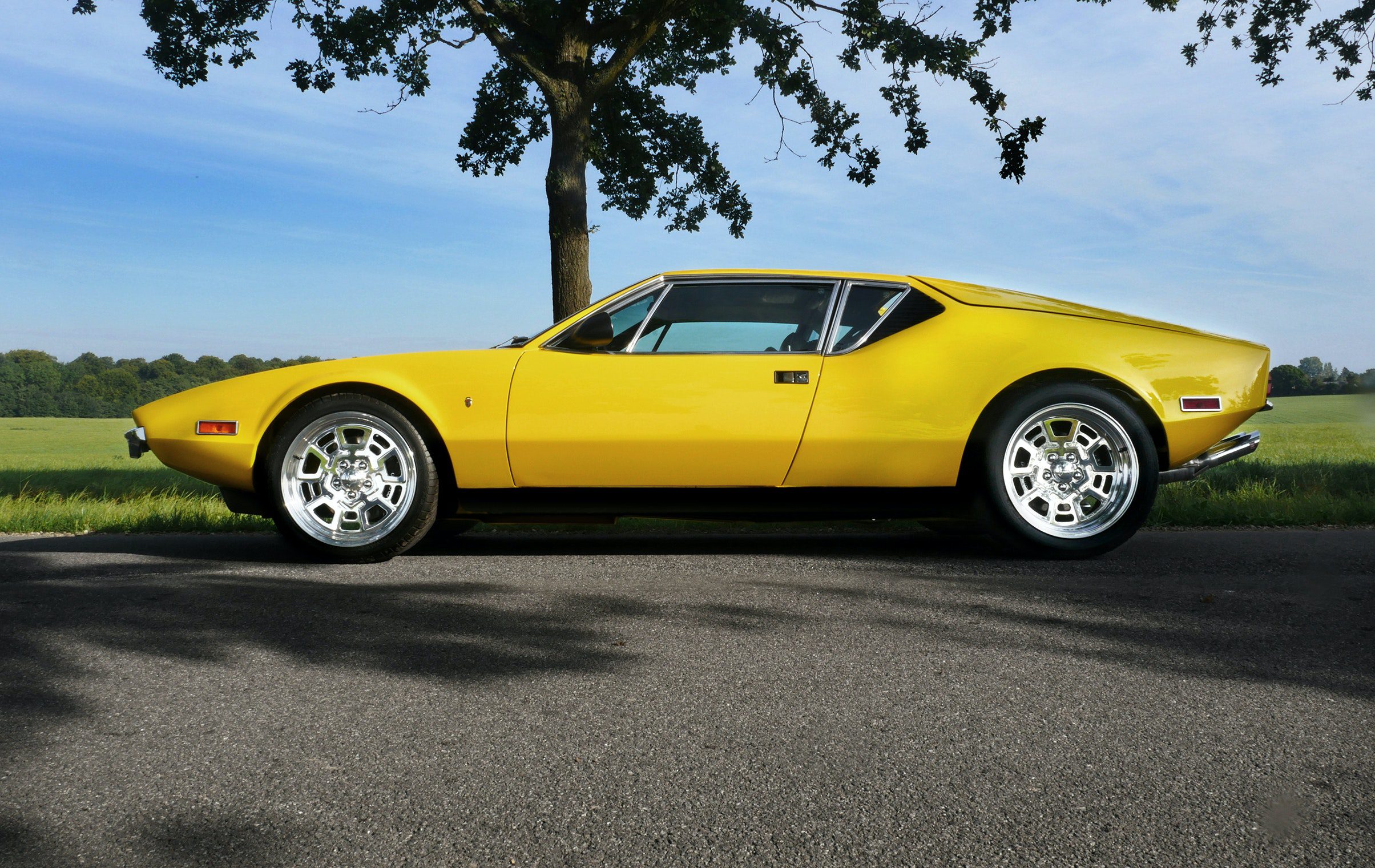
September 8, 2023
Northwest Classic InsuranceClassic Car vs. Regular Auto Insurance
Owning a classic car is like having a piece of history in your garage. To protect this investment, you need the right insurance. Here’s a simple breakdown of the differences between classic car insurance and regular auto insurance to help you choose the right one.
Classic Car Insurance: Tailored for Treasures
- Agreed Value Coverage: You and your insurance company agree on your classic car’s value when you start your policy. If your car is ever totaled, you’ll receive this agreed amount, ensuring full coverage.
- Limited Usage: Classic cars aren’t driven daily, so these policies have mileage limits. Driving less can lower your insurance costs because it reduces accident risk.
- Spare Parts Coverage: Classic cars often need hard-to-find parts. Classic car insurance covers these unique parts and accessories.
Regular Auto Insurance: For Daily Drivers
- Actual Cash Value: This covers your car based on its current market value, considering age and wear. If your car is totaled, you’ll receive an amount equal to its current value, which might not be enough to replace a classic car.
- No Mileage Restrictions: Drive as much as you want, perfect for everyday vehicles.
- Standard Parts Coverage: Covers standard parts, which might not include special items needed for older, classic cars.
Summary
If you own a classic car, classic car insurance is essential. It covers the full agreed value of your car and includes protection for unique parts. Regular auto insurance is ideal for daily drivers, valuing cars at their current market worth.
Want to ensure your classic car is well-protected? Contact us to discuss your insurance options and find the perfect plan for your vintage vehicle.

Categories: Blog






